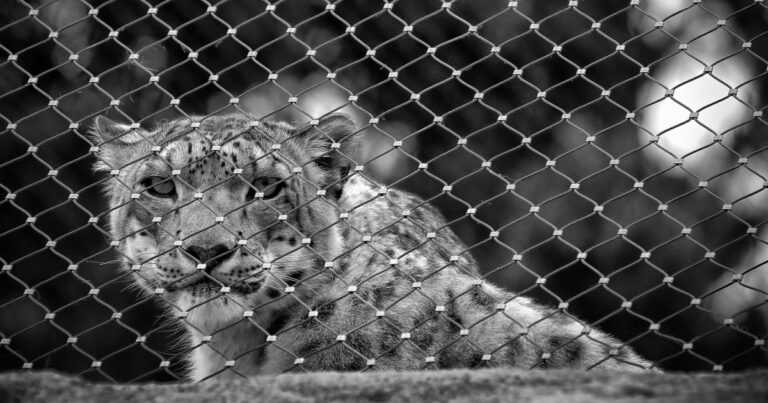Challenges at San Francisco Zoo: Leadership and Animal Welfare Issues
San Francisco Zoo, a sanctuary for diverse wildlife ranging from lions to great apes, is currently grappling with significant internal challenges. These issues not only impact the animals residing there but also those dedicated to their care. Recent developments have raised concerns about the zoo’s management and the state of its facilities.
Leadership Controversy
The San Francisco Zoological Society recently concluded a five-month internal review, resulting in the controversial decision to retain CEO Tanya Peterson. Celebrated by some as a leader, Peterson’s tenure has been marked by scrutiny, particularly given her background as a lawyer with limited experience in animal care and nonprofit management.
History of Governance
Peterson took over as interim director following a tragic incident in 2008 when a tiger named Tatiana escaped, leading to a fatality before being shot by law enforcement. Since then, she has continued as CEO, earning an annual salary exceeding $358,000—surpassing that of the city’s mayor. Criticism of her leadership includes multiple votes of no confidence from 97% of the zoo’s union members and accusations of wrongdoing, such as spying and nepotism.
Animal Welfare Concerns
Interviews with current and former staff, alongside reports from the city’s Animal Welfare Commission, highlight alarming conditions at the zoo:
- Many enclosures for animals are outdated, with some dating back a century.
- Animals like gorillas frequently encounter flooded moats during heavy rain.
- Koalas are forced indoors due to inadequately sized outdoor spaces.
- Orangutans are confined to small islands of only 10 by 10 feet, surrounded by moats.
- Francois’ langurs are housed in cramped cages that prevent normal activity.
- The zoo’s penguins rely on fungicide treatments for their shallow pools.
- Chimpanzees are too close to visitors, posing safety concerns.
Staffing and Infrastructure Struggles
The environment for staff is equally precarious, with many employees resigning or facing dismissal. They often work from run-down trailers and report difficulties in advocating for basic safety improvements. Notably, the zoo has witnessed several serious incidents, including animal escapes and unfortunate incidents leading to animal deaths, raising questions about operational safety.
Conclusion
As the San Francisco Zoo confronts these multifaceted challenges, including leadership disputes and urgent animal welfare concerns, the need for reform and more effective management practices becomes increasingly clear. The future well-being of its inhabitants and the reputation of the facility hinge on the steps taken to address these vital issues.



